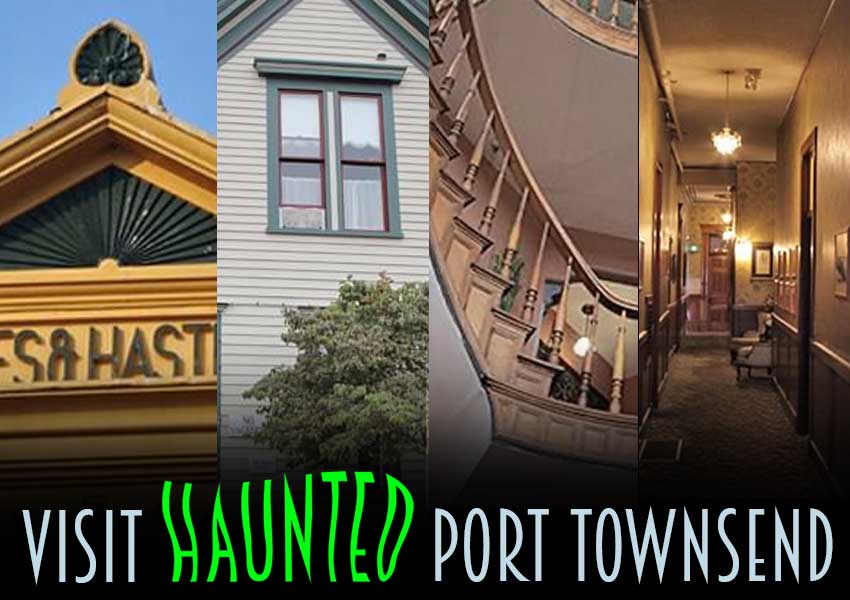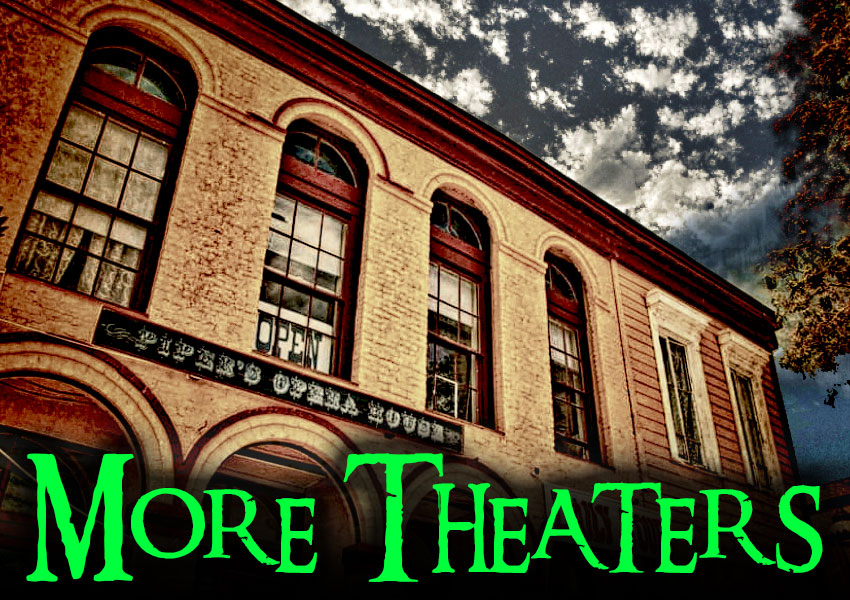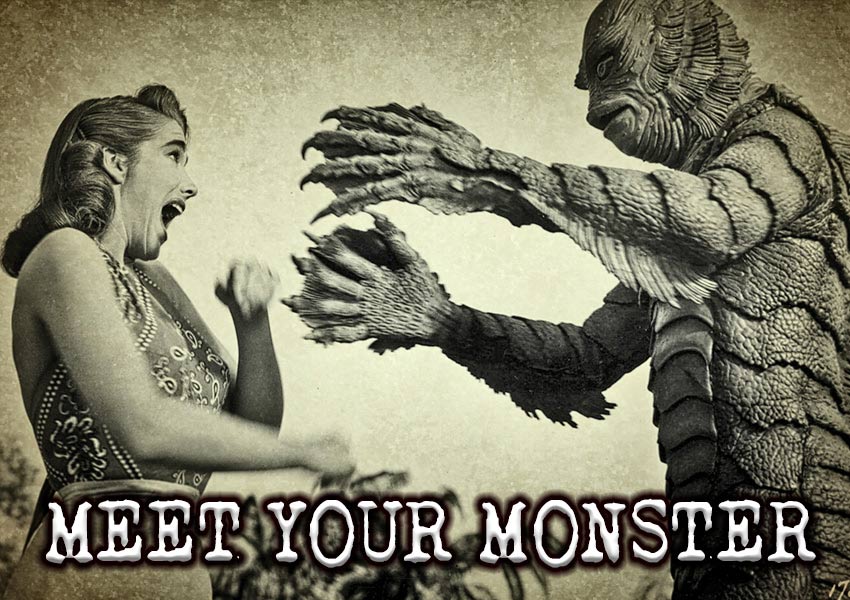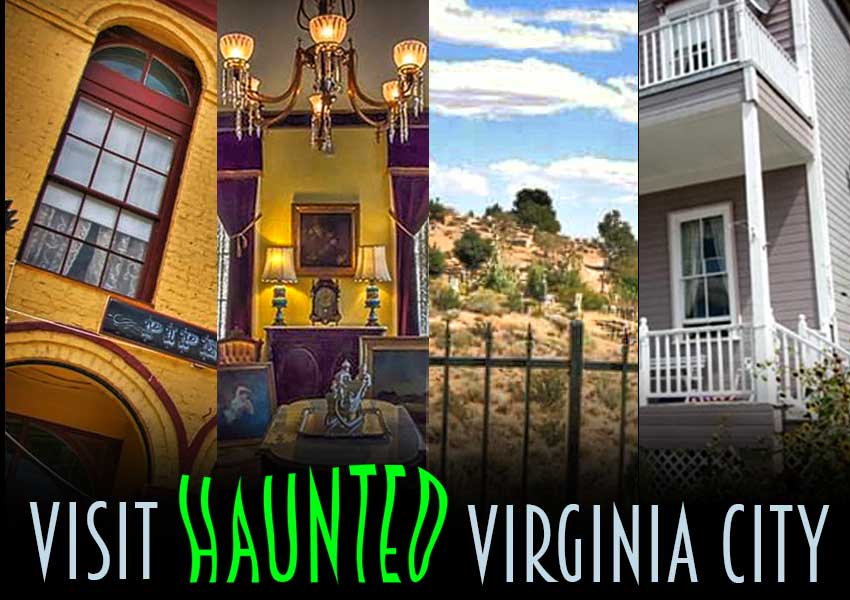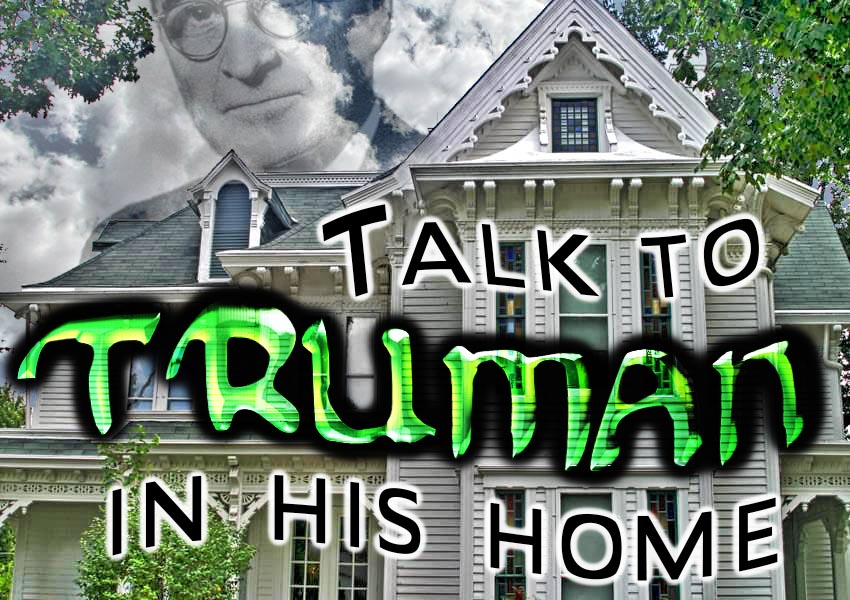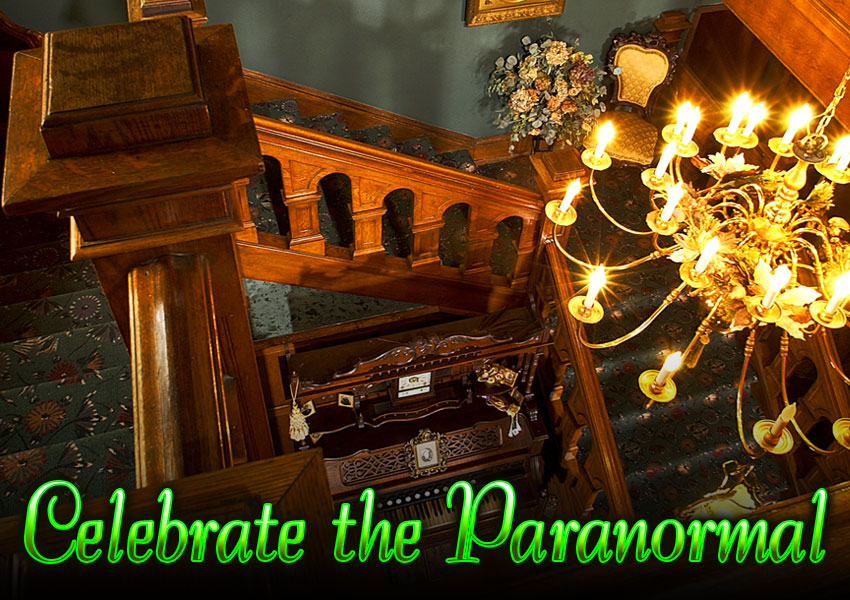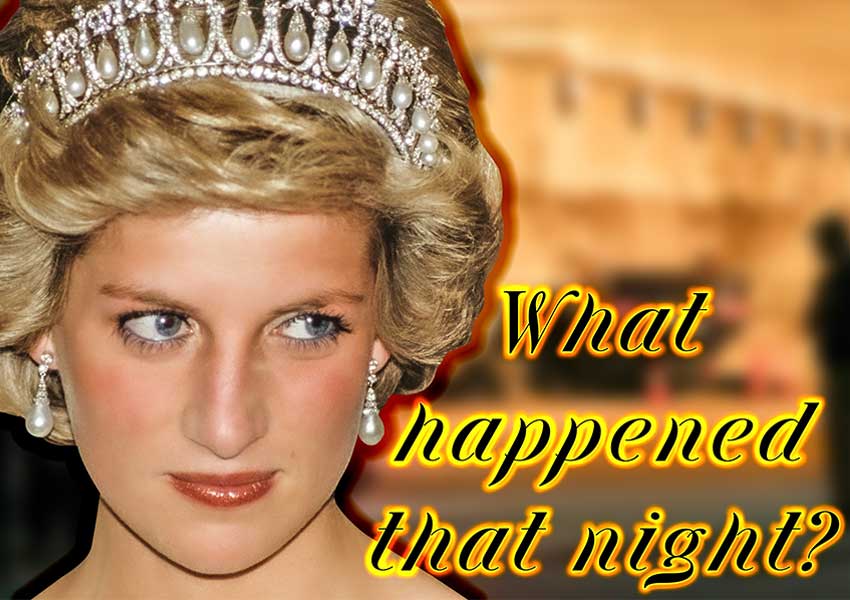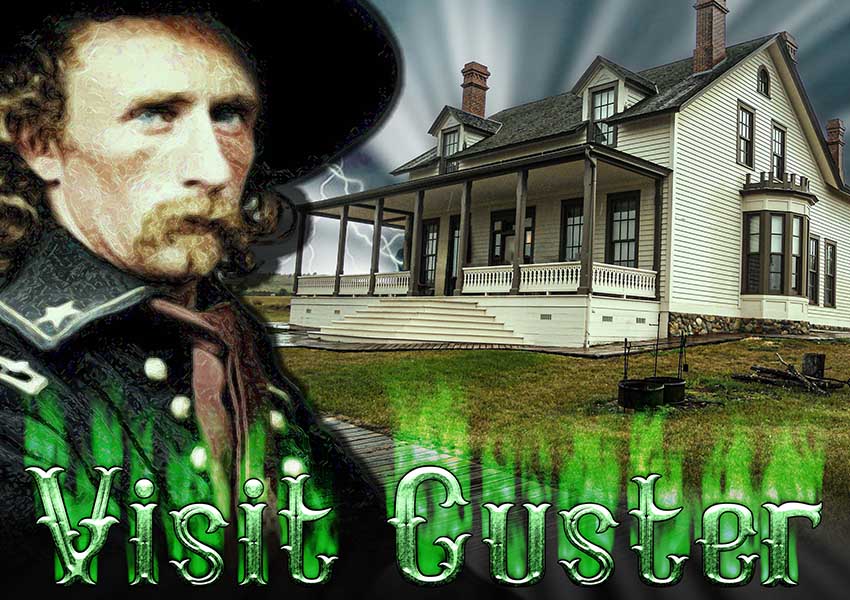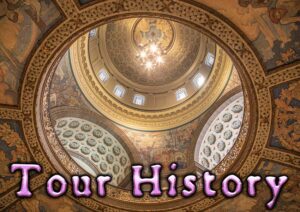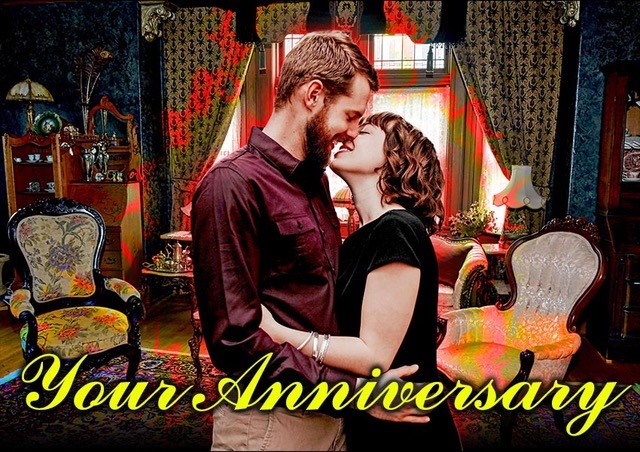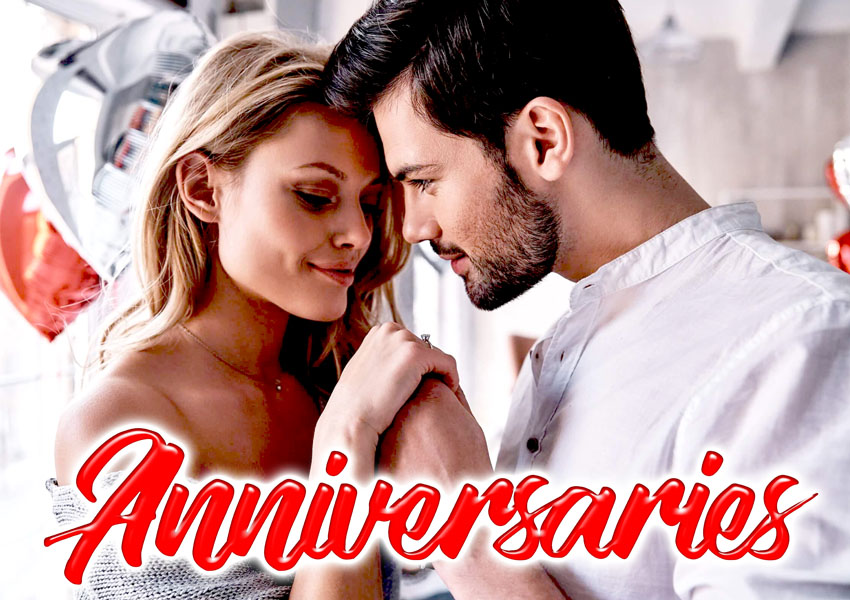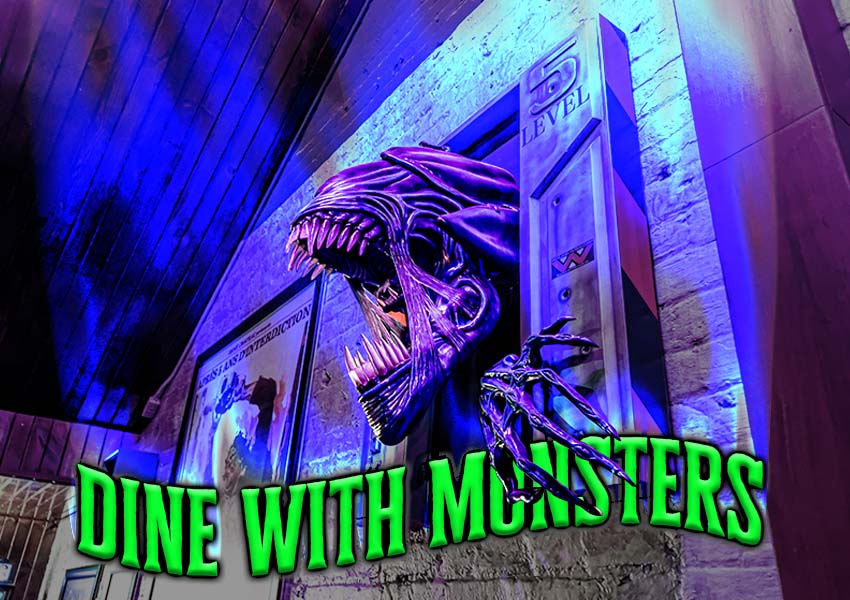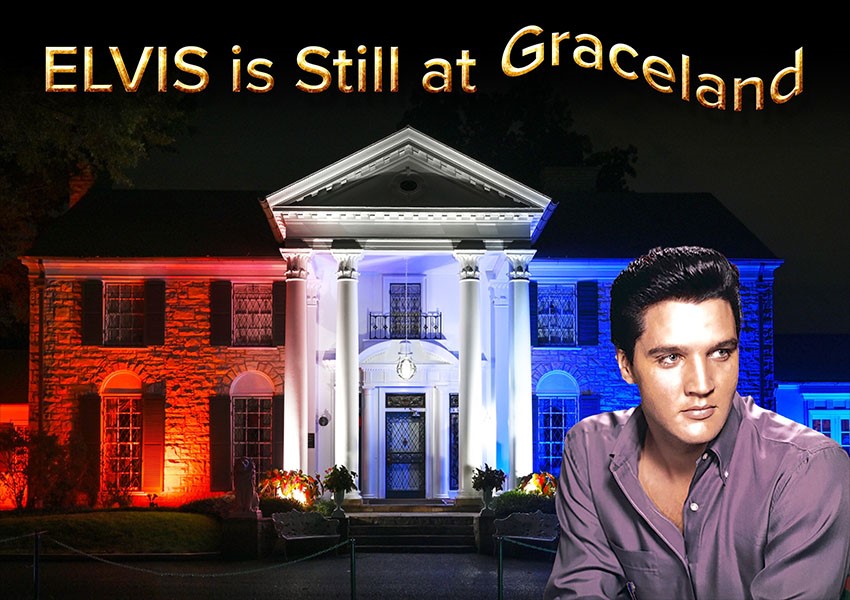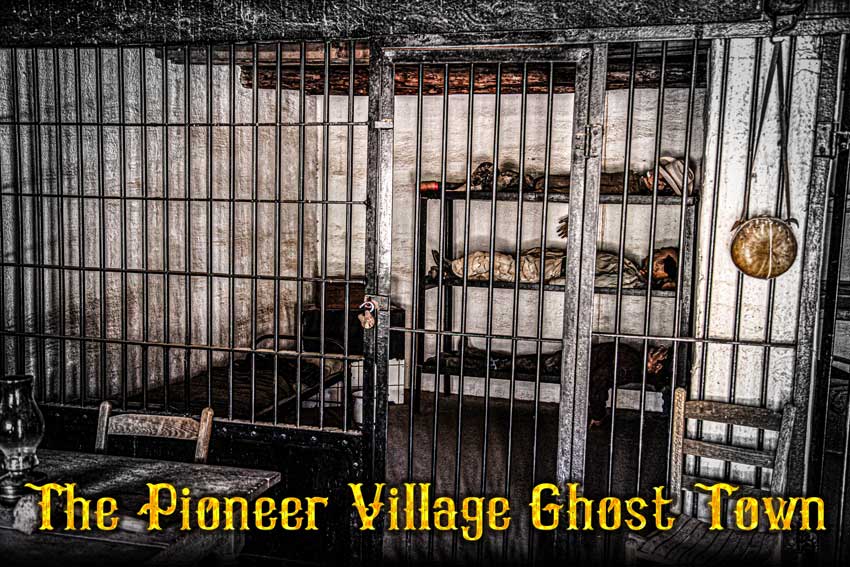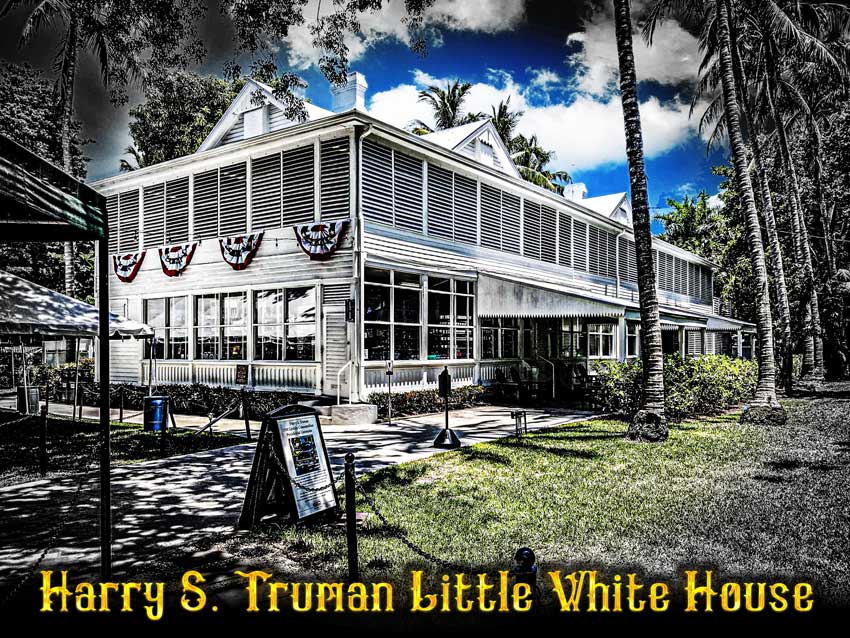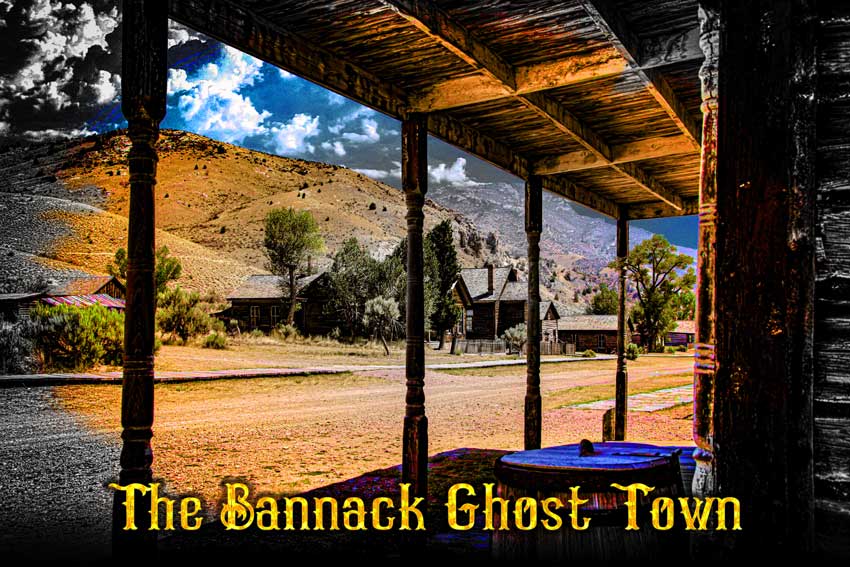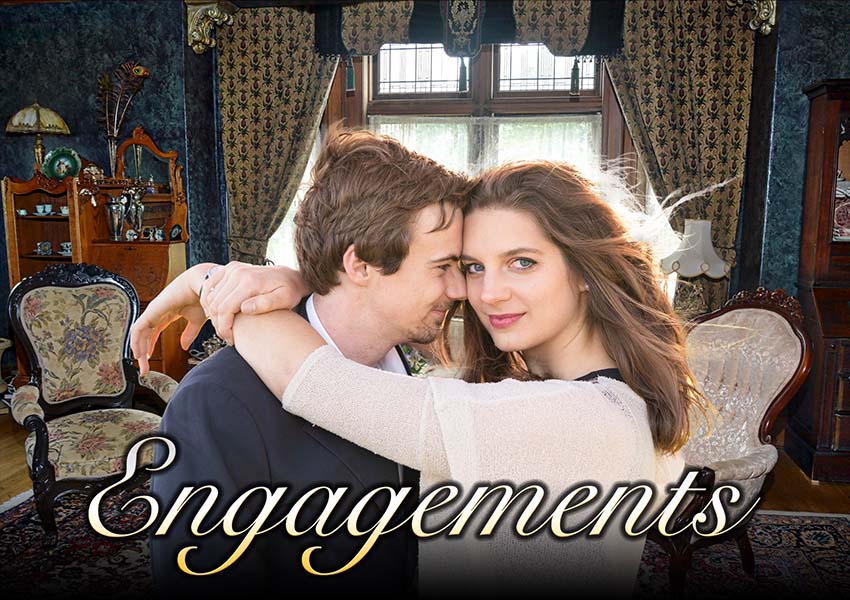Boise Idaho
Egyptian Theatre
The spirit of a dedicated past
employee or owner causes paranormal activity.
The spirit of an arts-loving performer or patron can’t quite leave the theater just yet.
DESCRIPTION
The 850-seat Egyptian Theatre is described as being “one of the most cherished and loved historical landmarks” by the community of Boise, Idaho. It is the last of the downtown single screen theaters, and is a stunning example of Egyptian Revival Architecture.
“The venue offers a warm, lush and lovingly restored environment, with amazing attention to Egyptian architectural detailing. The acoustics in the room create a fantastic concert goer experience.”
After seeing pictures of the interior of the theater, and reading the reviews of their musical events, this is a truthful statement indeed! All of the images on the walls and ceilings have been restored, showcasing the original Egyptian hieroglyphs, which were copied from the historical Egyptian Book of the Dead.
“The proscenium, with much gilded detailing, is the main feature of the Auditorium. A large winged scarab, detailed in the drawings, holds a sun disk with Ureas, and is above the cornice torus within a painted geometric star motif panel. Completing the gilded scarab ornament, symbolizing the birth of the sun and centered above the Stage, are flanking horizontal reed bundles set with three swan-like figures on stylized water. Below, the outer proscenium arch is formed by three corbels at each side supported by engaged columns.”
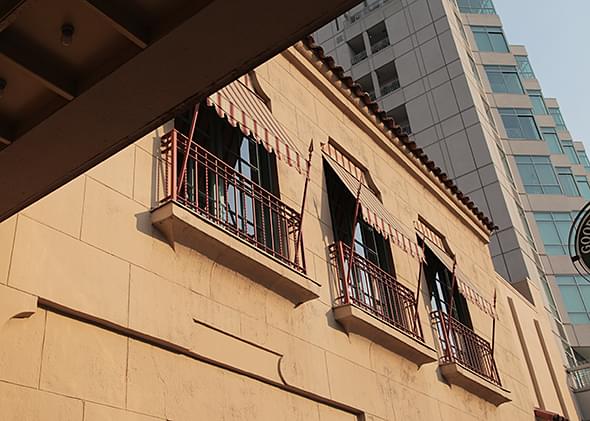
Besides being a beautifully restored structure, the building has been renovated to be an asset to the Boise community. The Egyptian Theater offers both old-school 35 mm films and also has the latest equipment for Blue Ray/ DVD screening events.
Because of the addition of the stage, and other improvements such as modern, upscale sound systems and lighting, The Egyptian has become more than a modern, cinema theatre. It is a versatile structure that serves as Boise’s cultural arts center, and a place for social events, private and public, community events and business meetings, and conferences.
Looking at the Egyptian Theatre’s calendar and web page, the viewer can see a variety of concerts featuring a range of music, both vocal and instrumental, operatic performances, guest speakers, comedians, and one man/one woman shows. The people of Boise now enjoy live performances of all kinds, as well as weddings, private parties, corporate events, and benefits.
HISTORY
The city of Boise began as a trading post in 1832. It grew by being a stopping place for settlers heading to Oregon, since the early days of migration. In 1862, gold was discovered in the mountains near Boise, and their economy boomed. The army built Fort Boise in 1863, and Boise became the territorial capitol just after they were incorporated as a city. When the gold discoveries played out, the people of Boise worked hard to put in an irrigation system, and added the farming industry. The Boise Territorial Prison was built in 1870.
Boise has always had theaters to entertain the populace. Several were built by the city’s founder, Mayor James Perry, who was eager for Boise to be seen as a city which offered a more refined culture, trying to get away from its wild west image.
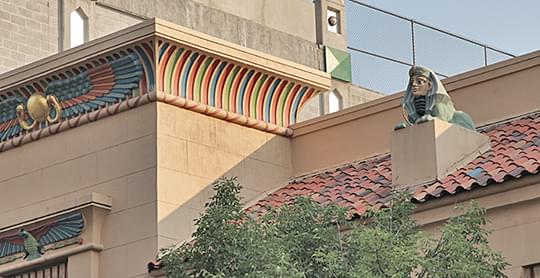
By the early 1920s, a newer, bigger, grander theater was in demand, so The Egyptian Theatre was built as a silent film house, grandly decorated. As King Tut’s tomb was discovered in 1926, the Egyptian themes were embraced in a big way, much to the delight of the people.
With a capacity of 1,400 seats, the Egyptian opened on April 19, 1927, entertaining its enthusiastic patrons with the silent film “Don Juan”, starring John Barrymore. Background music and sound effects were produced by the theater’s impressive Robert-Morton pipe organ.
When “talkies” came along in 1929, new equipment was added, but the organ remained right beside the stage, and is still there today, thanks to the efforts of an architect, Ron Thurber, who was instrumental in getting it repaired and up to snuff once again.
In the 1930s, the Egyptian’s name was changed to “The Fox Theatre.” The name was changed again to “The ADA” in the 1940s.
The Theatre’s deterioration began in the 1950s when it became a “Plitt” venue. Plitt was a major movie theater chain, once part of Paramount Pictures. But the people in charge weren’t interested in investing money for its upkeep. Uh oh! In the ’60s and ’70s, it became a Cineplex theater. Unfortunately, Cineplex management didn’t want to spend money on this historic structure either.
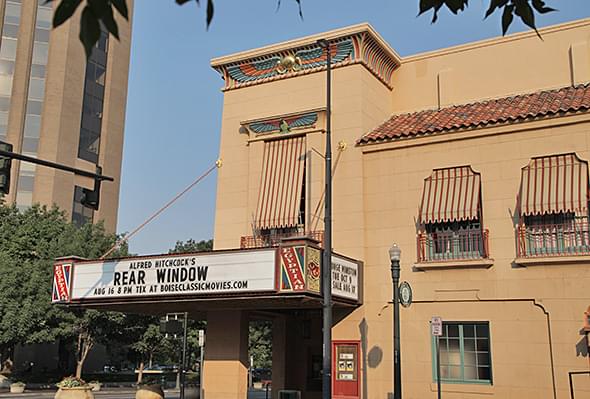
By the 1970s, this old historical Dame was very run-down due to neglect. It needed a boatload of money to upgrade and renovate, a daunting commitment not many would take on at this point in time.
By 1970, all of downtown Boise needed a face-lift, and the concept of urban renewal then widely accepted all over America was to tear down everything and build new buildings. NO!!!! The Egyptian Theater was on the list for destruction via the wrecking ball, until an anonymous donor bought the building out from under the nose of the city, saving this fixer-upper opportunity, J.I.T. The Egyptian Theatre was added to The National Register of Historic Places, giving it further protection.
It was later made known that a successful businessman, Earl Hardy, who was also a lover of historic buildings, was the hero of the story. He started the first phase of renovation and restoration in 1979, hiring architect Greg Kaslo to work with Earl’s own organization, The Hardy Foundation. They began by revamping the storefront that was destroyed in the 1940s, and uncovering the original copper and glass. Other structural defects were stabilized, and the exterior enjoyed a renewal!
Unfortunately, Earl Hardy and his crew had to honor the current lease holders’ agreement that was granted when Cineplex Corp. owned the structure. They had to wait for the lease to expire before major work could be done to the auditorium and lobby. This restoration/renovation work would entail taking down the walls, and making it one big theater again, taking out the first rows of seats to add a stage, and restoring the art work to its original state. Earl died in January of 1999, six months before the lease ran out.
Fortunately, when it finally expired in June of 1999, Greg Kaslo and the Earl Hardy Foundation went to work, renewing Hardy’s dream for the building. They were responsible for leading the painstaking, intensive restoration work, with the goal of fully restoring the Egyptian Theatre to its original pristine state, by removing newer paint and putting on the original colors, and reapplying the gold leaf on the Egyptian’s statues and adornments that had long ago worn off. They even restored the paintings that had been covered over by the old speakers added for the “talkie” films.
The renewed Egyptian Theatre, in all of its historical glory, reopened to enthusiastic crowds on December 10th, 1999, with the classic film Dr. Zhivago.
It seems that others in the spirit world were also very happy as well!
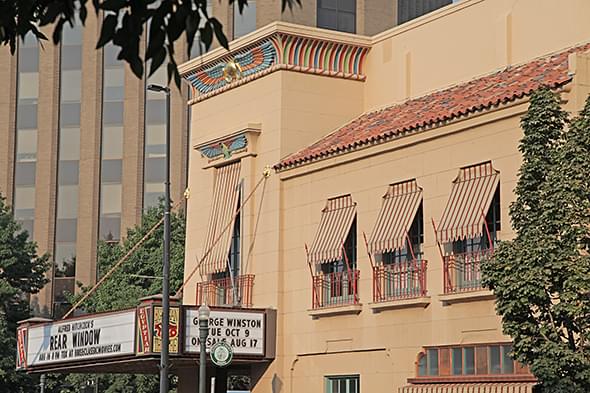
HISTORY OF MANIFESTATIONS
People who love their jobs in this world, sometimes like to stay here and continue on, despite being in spirit form.
Theaters are especially prone to attracting the spirits of past employees or managers, or owners who loved their work while alive.
The Egyptian’s long time projectionist, Joe, who had worked there for 35 years, died of a heart attack going up the steps to the projection room.
The apparition of a woman seen walking around could have been on the managerial staff, if not the manager, perhaps in the theater’s early years. She may on the other hand be a patron or performer.
People who have loved their theater experiences, either as performers or as audience members, often can’t quite leave the venue where they experienced their earthly passions.
MANIFESTATIONS
Male Entity, known as Joe, the old projectionist
Joe has been described as a good-natured fellow, a bit of a jester, who likes to startle folks that he considers to be pompous!
He is most active in the projection booth or in the last row seats of the upper balcony, though he will come down to the stage area if motivated by the living.
Employees have experienced:
Odd aromas in the theatre.
Disembodied male laughter.
Being physically touched by something not visible.
Female Entity
Her apparition, dressed in late 1920s attire, walks happily around various areas of the theater.
She may also touch the living, and also be responsible for the odors.
STILL HAUNTED?
A big YES INDEED is in order. The entity of Joe loved his job working in The Egyptian, and wants to continue to stay there. His intelligent spirit has been caught both in hard evidence, and personal experiences.
The woman entity could be a spirit too busy with her duties to interact much with the living, or there is a possibility that she could be just residual energy.
The Egyptian Theatre has been investigated by more than one paranormal group, and much has been reported in personal experiences, backed up by hard evidence.
One example: “An investigator was standing on the stage of the theatre and looked up into the projection booth to see the dark form of a man standing there, appearing to be looking down at him. When he went up the stairs to check the door, he quickly realized that it was locked, and no one on the investigation had been given a key to any door. Making his way back down to the stage, he attempted to make contact with Joe, and when he attempted to comment on an odd feeling he was experiencing, a fellow investigator told him to stand very still. On one of the devices they were using that evening, there was the distinct shape of a man standing right next to him.”
“Throughout the evening, they reported more touching on shoulders, a disembodied laugh, and a shadow projected onto the stage from the projection booth. Part of their investigation is also available for viewing on YouTube.”
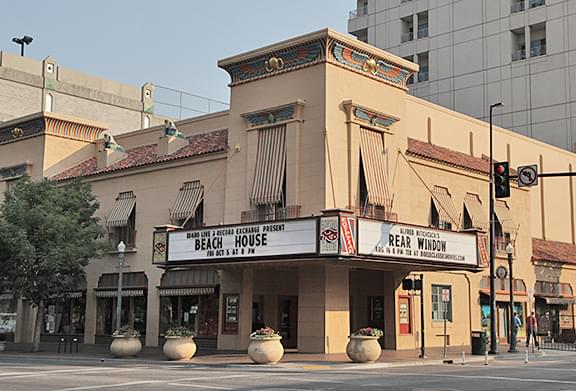
LOCATION
The Egyptian Theatre
700 West Main Street
Boise, Idaho 83702
The Egyptian Theatre can be found in the very heart of historic downtown Boise, on the corner of Capitol Boulevard and Main Street.
SOURCES INCLUDE
- The Ghost Hunter’s Field Guide
by Rich Newman
Llewellyn productions
2011 - The Egyptian Theatre web site
- Boise, Idaho, Flickr page
- Boise City Ghost Hunters
- “Boise’s Egyptian Theatre gleams again”
by Tim Woodward
Jan 26, 2000 edition of The Deseret News
Retrieved from news.google.com - The Egyptian Theatre page on CinemaTreasures.org
- Egyptian Theatre page on Lynne Sutherland Olson’s Paranormal TV blog
- Egyptian Theatre ghost video on YouTube
Our Haunted Paranormal Stories are Written by Julie Carr

